In this blog post, we will discuss the definition of a heterogeneous mixture and if soil meets that description. We will take a look at examples of heterogeneous mixtures to see how they compare to the soil. Finally, we’ll conclude with our final answer.
Is Soil a Heterogeneous Mixture?
Yes, soil is a heterogeneous mixture. It is made up of different parts that have different chemical and physical properties. For example, sand, silt, and clay are all different parts of soil that have their own unique properties.
Compared to other heterogeneous mixtures, soil is a relatively simple mixture. However, it still has many complexities that make it difficult to study. The different parts of soil interact with each other. This means that the properties of soil can change if just one part is changed.
Take into account all these factors when you are studying soil and trying to understand it better. Soil is a complex mixture, but it’s also an important one! As gardeners or farmers, we need to know how soil works so that we can help our plants grow and thrive.
What Does Heterogeneous Mean?
Now that we know soil is a heterogeneous mixture, let’s define what that means. Heterogeneous mixtures are combinations of two or more elements where each element has different properties from the others.
This is in direct contrast with a homogeneous mixture, which is a combination of elements where all the properties are the same. For example, pure water is a homogeneous mixture because all the water molecules are the same.
How Does Soil Compare to Other Heterogeneous Mixtures?
Soil is a relatively simple mixture when compared to other heterogeneous mixtures. It usually only has three main parts: sand, silt, and clay. However, these three parts can have many different properties depending on their location in soil and in the environment.
What is Soil?
Soil is the mixture that forms the uppermost layer of earth in all landscapes. It is made up of organic material, minerals, water, and air. It is very important to know how soil works and what it is made of because we interact with different types of soil every day.
Most of you reading this will use soil to grow plants in your garden or potted plants in your home. As you may or may not know, there are different types of soil and each one has its own set of properties.
Most soil contains a mixture of sand, silt, and clay. These three parts can have many different properties depending on their location in soil and in the environment. For example, if you have a lot of clay in your soil, it will be very sticky and hard to work with. However, if you have a lot of sand in your soil, it will be loose and easy to work with.
Soil also contains organic material, minerals, water, and air. The organic material is made up of dead plants and animals. This material breaks down over time and becomes part of the soil. Minerals are inorganic materials that come from rocks or the earth’s crust. They are very important for plant growth.
Why is Soil Not a Homogenous Mixture?
Soil is not a homogenous mixture for two main reasons. The first reason has to do with the different parts of soil interacting with each other. This means that the properties of one part may change depending on what other parts are present in the same location.
The second reason why soil isn’t a homogeneous mixture is due to how it is formed. Since soil is constantly changing, it can’t be classified as a homogeneous mixture because the properties may change over time.
Is Soil a Mixture Or Compound?
Soil is a mixture because it contains ingredients that physically combine with each other, instead of chemically combining. This means that the ingredients in soil can be separated by physical means. For example, if you were to grind up a clump of soil into a powder, you would be able to see all the different parts (sand, silt, and clay).
In contrast, compounds are substances where the atoms are chemically bonded together. This means that the molecules cannot be separated by physical means. For example, water (H20) is a compound because the atoms are chemically bonded together and you cannot physically separate them.
Conclusion
In conclusion, soil is a heterogeneous mixture. It has different parts with different properties, and these parts interact with each other. Soil is complex, but also important as it helps plants grow and thrive.
I hope this blog post has helped you gain a better understanding of soil and the other heterogeneous mixtures out there. Please do not hesitate to leave any comments or questions in my inbox.
Tim is an avid gardener from the UK. He was the founder of PlantCarer.com from 2021 to Sep 2023. He sold PlantCarer.com to Aaron. He has since started his own business called Seed To Supper, which provides new gardeners all the materials you need in a box (pots, seeds, compost and instructions) to grow your own delicious and nutritious vegetables and herbs from start to finish – no garden required.




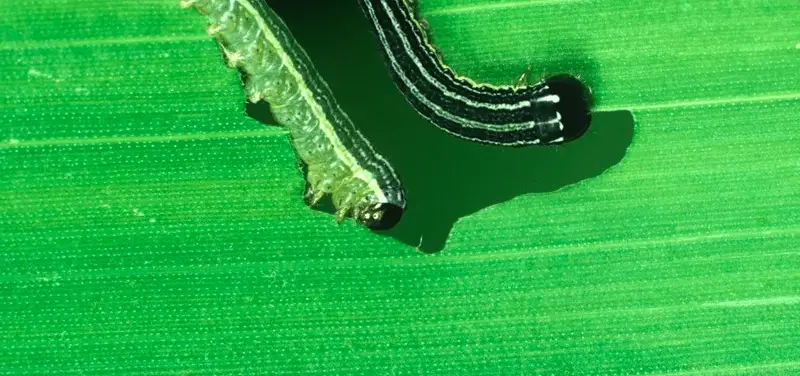
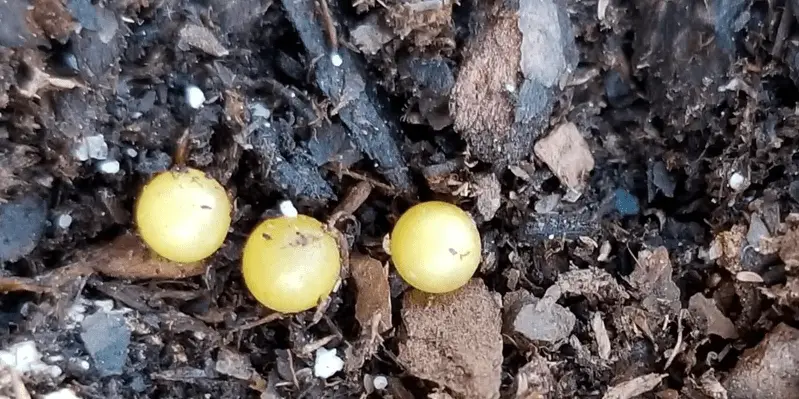
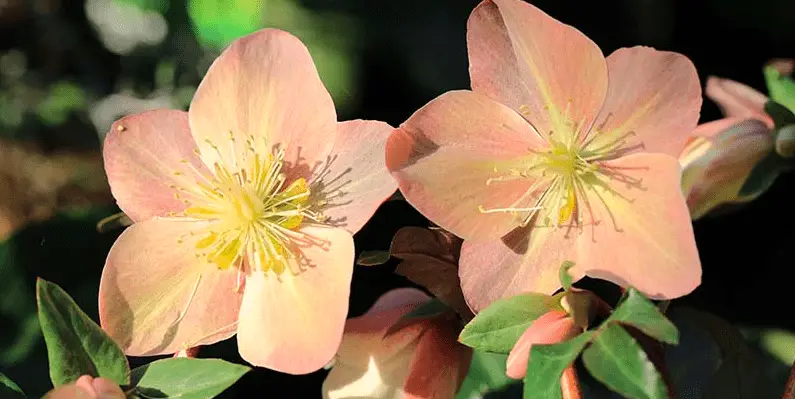
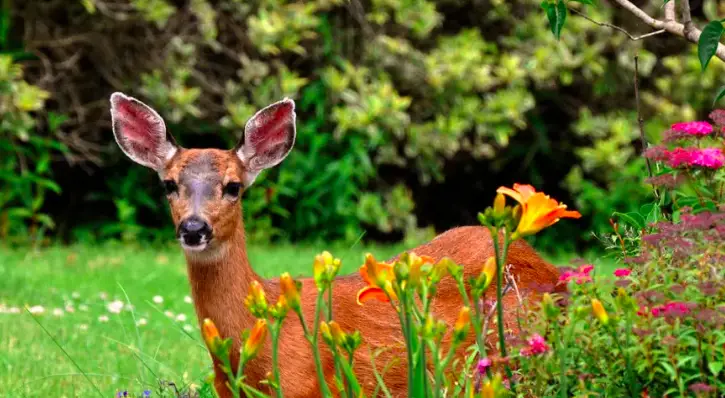
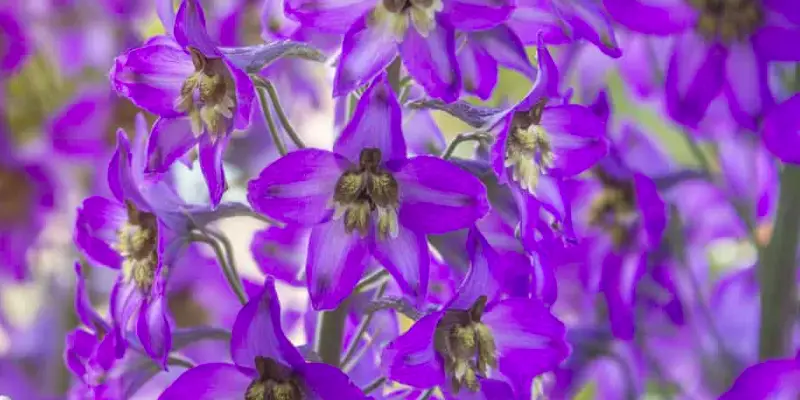
0 Comments